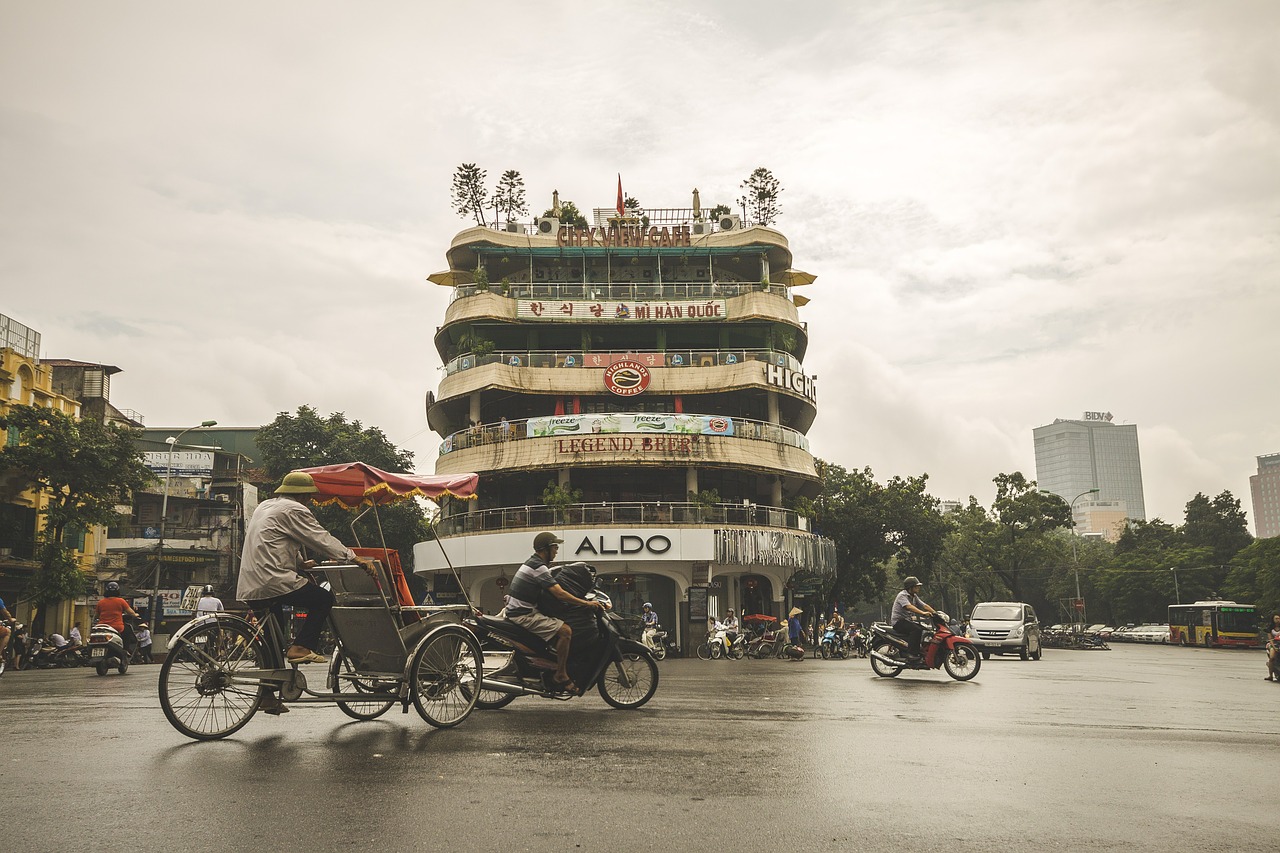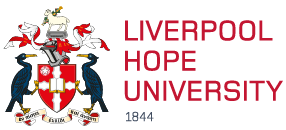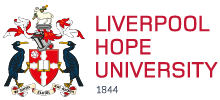A talented Liverpool Hope University student has won a prestigious ‘Best Presenter’ award at a major international conference.
Botond Hamori is in the final year of his undergraduate Artificial Intelligence programme at Hope.
In the summer he was one of many students who received a £1,000 Research Scholarship from the University, designed to enhance research skills and boost learning experiences.
Botond, from Wirral, Cheshire, really seized the opportunity.
His paper, which examined the impact of COVID-19 on air quality in Hanoi and Ho Chi Minh City, Vietnam, was accepted for inclusion at the recent IEEE HNICEM (International Conference on Humanoid, Nanotechnology, Information Technology, Communication and Control, Environment, and Management) conference.
And Botond ultimately came away with the ‘Best Presenter Award', describing how he felt ‘honoured’ to be able to showcase his work on this global stage.
The 26-year-old said: “Taking part in the conference was a great experience. I felt honoured to present the findings. And I was very happy, and equally surprised, to have received the award.
“Verbal interpretation of visualised data can be rather lengthy sometimes, but it turned out the panel liked the presentation - and so I was happy.”
When it comes to the topic of research, Botond is passionate about using cutting edge maths to find solutions to major environmental issues.
He explains: “As we progress in the areas of technology, innovation, and industry, we ought to address issues that gravitate around this progression - namely negative environmental and social impacts, with the former being increasingly difficult, but not impossible, to tackle.
“Learning about causes and correlations, and potential solutions is exciting, especially when data serves as evidence.”
His work showed that, among other things, there was a ‘drastic improvement in air quality’ in Ho Chi Minh City when a lockdown was imposed - but there was ‘no significant improvement in air quality’ in Hanoi despite the lockdown, potentially because the latter city has a different climate.
The key thing Botond analysed was the levels of harmful particulate matter in the air, which is produced by traffic or through the burning of fuels such as wood, oil or coal.

He adds: “The key difference between the two cities is the climate. Hanoi has a humid subtropical climate, and it has four seasons, each identified by temperature and precipitation.
“Ho Chi Minh City on the other hand has two seasons: dry and wet and its climate is tropical savannah. Humidity and precipitation, especially drizzle, can drive up fine particulate matter, or ‘PM2.5’, levels. Hanoi sees a lot of drizzle, mostly during the months of December and January, whereas in Ho Chi Minh City this is less frequent.
“Since the lockdown, many economic sectors completely halted, most notably tourism. Both cities were popular tourist destinations before the outbreak of the virus, so as vehicular emission decreased, air quality improved. In essence, Hanoi’s air quality did improve slightly. In Ho Chi Minh City, not only was the improvement significant, but particulate levels did not follow previously observed trends on many occasions.”
The findings took a lot of people by surprise - not least Botond.
He reveals; “Besides air quality, the paper did also mention the cumulative COVID-19 cases in the two cities: slightly over 4,200 recorded cases in Hanoi, and over 400,000 in Ho Chi Minh City.
“If you take the population size of each city into account, that’s only 0.05% of Hanoi’s population, while 4.33% of Ho Chi Minh City’s population have contracted the virus.
“Furthermore, previous studies suggest that PM2.5 stimulates ACE-2 receptors, which promotes the uptake of the virus – like our study shows, Hanoi has significantly high levels of particulate matter, yet their COVID-19 cases are just over 1% of what Ho Chi Minh City suffered.
“Of the two cities, Ho Chi Minh City has the higher population density, but in terms of overall population, the two cities are of similar size. So, the link between the effect of particulate matter on the ACE-2 receptors and the uptake of the virus needs additional studying.
“It could be that the virus, when without a host, dies very quickly in areas where particulate matter levels are high.”
Botond says he plans to ultimately study for a PhD in the future - and is committed to taking what he’s learned and applying it to find real world solutions to pressing problems.
He says: “When I decided to start studying artificial intelligence I did so because I thought it was cool. It still is - and what I realised is that for AI to be meaningful, it needs to be applied in a context.
“I found that health science is a context where machine learning, deep learning, and data science can thrive beautifully. Thanks to this research, I gained a lot of interest in health science.”
** Botond would also like to thank Professor Raouf Naguib, Senior Lecturer in Maths and Computer Science, for his ‘guidance and all the effort he invested into this research and for making the project possible’.




